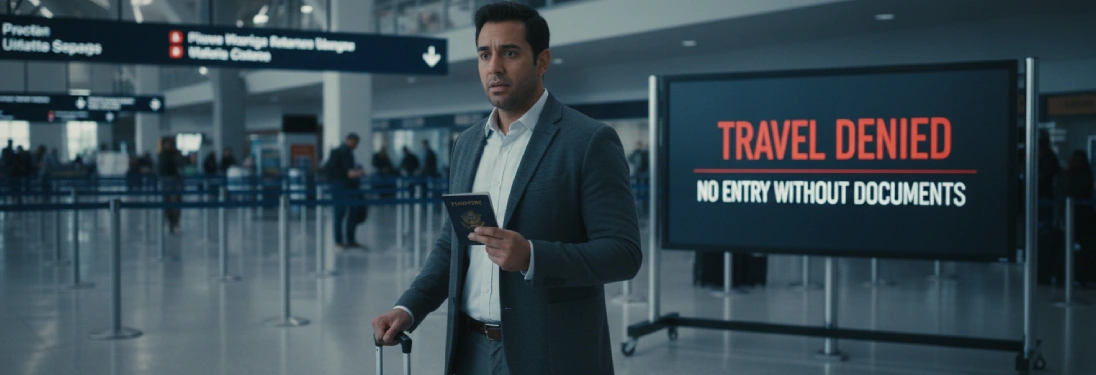What Is Advance Parole?
Advance Parole is a travel document issued by U.S. Citizenship and Immigration Services (USCIS). It allows certain non-citizens, such as DACA recipients or individuals with pending green card applications, to temporarily leave the United States and lawfully re-enter without jeopardizing their immigration status. Understanding the advance parole processing time is essential, as traveling without an approved document can lead to serious consequences, including denial of your application.
Without this document, leaving the country could mean your pending application is considered abandoned, which could lead to denial. That’s why understanding the processing time for advance parole is so important.
What Is the Typical Advance Parole Processing Time?
 On average, the advance parole processing time is between 3 to 6 months, depending on various factors:
On average, the advance parole processing time is between 3 to 6 months, depending on various factors:
- Your immigration category
- USCIS’s workload at the time of application
- Whether additional evidence is requested
- The completeness of your application
In some cases, applicants have reported receiving their document in under 90 days, while others have waited over 6 months. Due to these fluctuations, it’s highly recommended not to make international travel plans until you have the approved Advance Parole document in your hands.
What Causes Delays?
Several things can slow down the processing time for advance parole:
- Incomplete applications: Missing documents or errors on Form I-131
- Request for Evidence (RFE): If USCIS needs more information
- Backlogs at local service centers
- Policy changes or emergencies: that shift USCIS priorities
To avoid unnecessary delays, make sure your application is complete, accurate, and supported by strong evidence.

Emergency Advance Parole Processing Time
If you need to travel urgently, due to a family emergency, medical treatment, or other critical reasons, you can request emergency advance parole. In such cases, the emergency advance parole processing time is much shorter.
Here’s how it works:
- Contact USCIS or visit a field office (appointments are strongly recommended)
- Submit a complete Form I-131 with the appropriate documentation
- Provide valid proof of the emergency, such as a medical letter, death certificate, or official documents
- Explain your urgent need for travel in a written statement
If approved, emergency advance parole can sometimes be granted on the same day or within a few days. However, it is not guaranteed and is granted solely at the discretion of USCIS officers.
How to Apply for Advance Parole?
To apply for Advance Parole, you need to file Form I-131, Application for Travel Document. Here’s what you typically need:
- Government-issued photo ID (passport, driver’s license, etc.)
- DACA approval notice or pending I-485 receipt notice
- Supporting documents explaining the purpose of travel
- Filing fee (usually $575 unless you qualify for a fee waiver)
Submit your application either online (in some cases) or by mail to the appropriate USCIS lockbox based on your category.

Can You Travel Without Advance Parole?
Technically, yes: but it comes at a huge risk. Traveling outside the U.S. without an approved Advance Parole document could result in:
- Application denial
- Inability to re-enter the U.S.
- Loss of DACA or pending green card status
That’s why it’s essential not just to apply, but to plan for the advance parole processing time so you’re not caught off guard.
Final Thoughts: Why Timing Matters
The advance parole processing time can be unpredictable, which makes early preparation essential. If you foresee any reason you may need to travel outside the U.S., it’s smart to apply as early as possible. In true emergencies, remember that emergency advance parole processing time is faster, but not guaranteed.
Staying informed and submitting a complete, well-documented application is the best way to ensure timely approval. Always consult an immigration attorney if you’re unsure about your situation or if time is of the essence.







